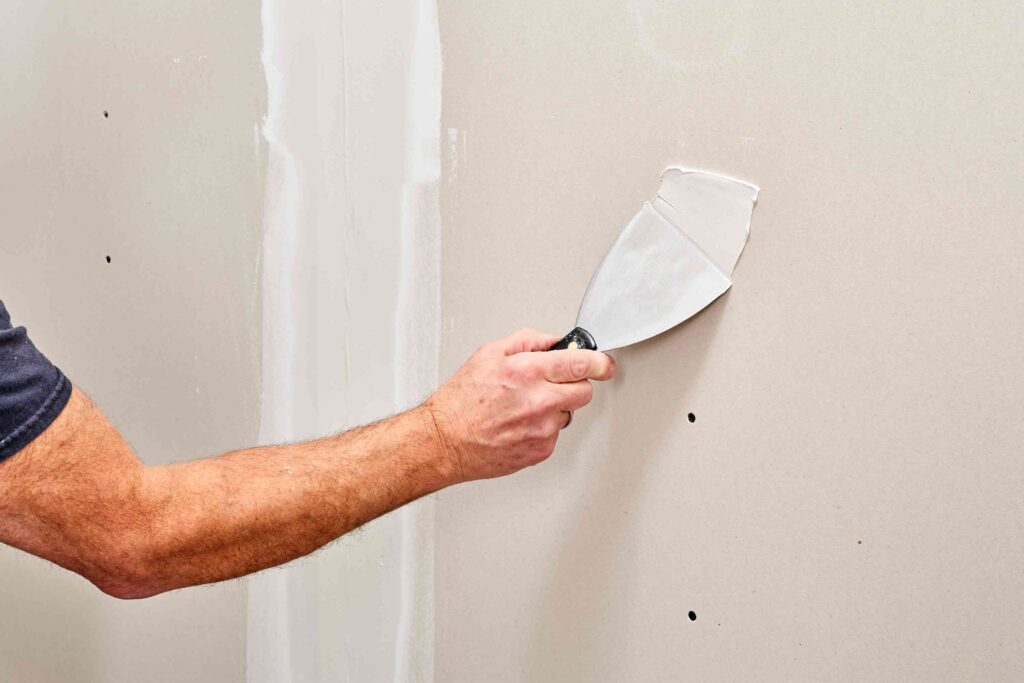
How is Drywall Manufactured? A Step-by-Step Guide to the Production Process
Drywall, also known as plasterboard or gypsum board, is a widely used material in construction for creating walls and ceilings. It is favored for its ease of installation, affordability, and versatility. But have you ever wondered how drywall is made? The process of drywall production is intricate, involving several stages to ensure the final product meets the necessary quality standards. In this article, we’ll walk you through the key steps of drywall manufacturing, from raw materials to the final product.
Gathering Raw Materials
The primary material used in the production of drywall is gypsum, a naturally occurring mineral that can be found in sedimentary rock formations. Gypsum is abundant and relatively inexpensive, making it an ideal choice for drywall production. The process begins with the extraction of gypsum rock from quarries or mines.
Once the gypsum is extracted, it is transported to a processing facility where it is crushed into smaller particles. In addition to gypsum, other materials such as water, starch, and additives are mixed in during the manufacturing process to improve the performance and properties of the drywall.
Grinding and Heating the Gypsum
After the gypsum has been crushed into fine particles, it undergoes a process called calcination. This involves heating the gypsum to a high temperature (about 150 to 170°C) in large industrial kilns. The heating process removes water molecules from the gypsum, transforming it into calcium sulfate hemihydrate, also known as “plaster of Paris.”
This powdery substance is then mixed with water and other ingredients to create a slurry or paste. The consistency of the slurry is crucial for the final quality of the drywall, so the mixture must be carefully controlled.
Forming the Drywall Panels
Once the slurry is prepared, it is poured onto a continuous sheet of paper. This paper is used as the facing material for the drywall. The slurry is spread evenly on the paper using automated machinery. The amount of slurry applied determines the thickness of the drywall panels, which can range from 1/4 inch to 5/8 inch, depending on the intended application.
The slurry-covered paper is then passed through rollers to help shape and compact the mixture, ensuring an even distribution of gypsum. The gypsum is also pressed between two layers of paper to create the desired structure and strength. This process gives the drywall its characteristic smooth surface and ensures that it remains lightweight and easy to handle.
Drying and Cutting the Panels
Once the slurry has been spread and shaped, the panels move into drying ovens. The drying process removes excess moisture from the drywall, which helps it harden and become more stable. Drying typically takes place in large ovens or kilns, where hot air circulates to speed up the process.
After the panels have dried, they are cut to the desired size using automated cutting machines. The standard size for drywall panels is typically 4 feet wide and 8 to 12 feet long, but custom sizes can also be produced based on specific requirements. The edges of the panels are often beveled or squared, depending on the intended use.
Quality Control and Testing
Quality control is a critical part of drywall production. Once the panels are cut, they undergo several tests to ensure they meet the required standards. These tests may include checks for strength, flexibility, fire resistance, and moisture resistance. Drywall panels that pass the quality control tests are marked and prepared for packaging.
For specific applications, such as fire-resistant or moisture-resistant drywall, additional additives may be included in the manufacturing process. For example, fire-resistant drywall contains a higher proportion of gypsum and may be treated with special additives to improve its fire rating.
Packaging and Shipping
Once the panels are manufactured and tested, they are stacked, bundled, and packaged for shipment. The packaging helps protect the drywall from damage during transportation and storage. Drywall is typically sold in large quantities, so it is important for manufacturers to ensure efficient and safe delivery to retailers, construction companies, and other customers.
The panels are then loaded onto trucks and transported to construction sites, distributors, or retailers where they will be sold to consumers or used in various construction projects.
Conclusion
The process of drywall manufacturing is a highly technical and precise procedure that combines natural raw materials with advanced technology. From extracting gypsum to forming, drying, and testing the panels, every step in the production process contributes to the final quality of the drywall. By understanding how drywall is made, businesses and construction professionals can appreciate the craftsmanship and attention to detail that goes into creating this essential building material.
Call to Action
Looking for high-quality drywall for your next project? Whether you’re a contractor, supplier, or homeowner, choosing the right drywall can make all the difference in the performance and longevity of your construction. Contact us today to learn more about our range of drywall products and how we can help you find the perfect solution for your needs!